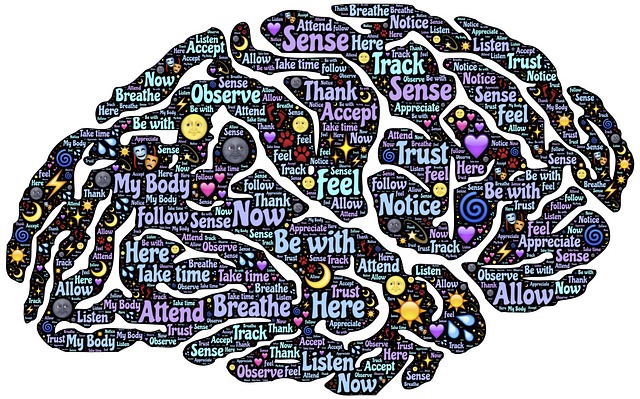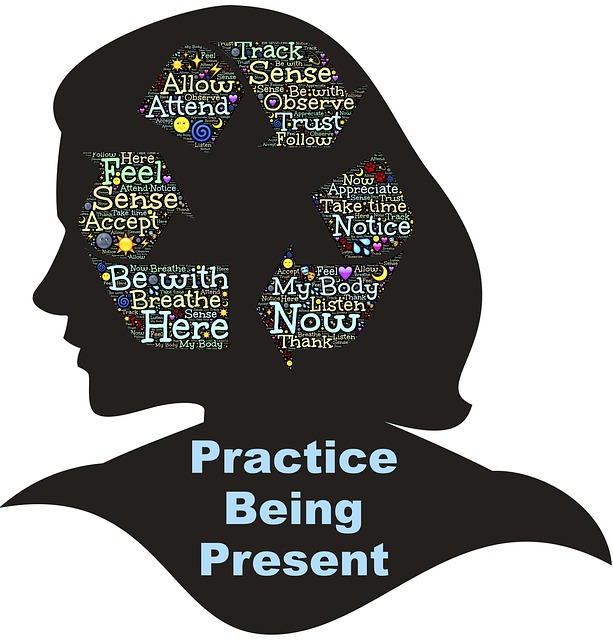There are two compounding trends that, in concert, are beginning to increase the issues associated with mental illness in the workplace. They are the incidence of narcissistic managers and the growth in the number of people in the workforce who have a mental illness. I will deal with each of these trends in turn and link the issues to the offsetting influence of mindfulness.
The Incidence of Narcissistic Managers
Many significant publications such as Psychology Today, Harvard Business Review, Inc.com, Health.com and Time.com, have recently discussed the incidence of narcissistic bosses and ways to self-manage in the workplace to protect yourself from psychological damage caused by these bosses. It is suggested that most people will encounter at least one narcissistic manager in their working life – I have experienced three that I can recall.
What are the characteristics of narcissistic managers that contribute to mental illness in the workplace? Well the characteristics of these managers have been summarised by the underlying philosophy of “me, myself, I” – that is I “first and foremost”.
Characteristics of Narcissistic Managers
There are many characteristics of narcissistic managers described in the articles and in research. Some of the more common traits described (and confirmed by my own experience) are:
- Self-aggrandisement – believe they are more capable, competent or efficient than they actually are (believe they create high performance teams when the reverse is true)
- Obsession with self advancement – their careers come before anything or anybody else
- Over-concern with visibility and being seen in a good light
- Blame others when mistakes occur (to deflect blame from themselves) – always looking for a “scapegoat”
- Will lie to save their projected image
- Take credit for other’s work if it advances their own positive visibility
- Insensitive to the needs of others, especially their own staff
- Will constantly change priorities depending on what advantages them, without regard for the impact of such constant change on others
- Will have an in-group, but any member can become part of the out-group at anytime if they cause embarrassment
- Create unrealistic time pressures for staff to try to show that their area is highly productive
- Will publically criticise their own managers in front of the manager’s own staff
- Will micromanage to try to ensure that mistakes do not occur and that what they want to occur will actually happen.
The Impact of Narcissistic Managers on Mental Health
The reality is that these managers do not achieve control. In fact, their situation becomes progressively out of control and they experience high levels of stress as a result, on top of their self-induced stress caused by self-obsession. They may gain compliance through fear, but lose commitment because people physically or psychologically withdraw to protect themselves – no longer caring about the work, unwilling to offer suggestions for improvement, avoiding contact with the manager or engaging in covert sabotage (to get back at the narcissistic manager). They also lose confidence and begin to question their own competence.
The narcissistic manager, then, not only creates an environment conducive to the development of mental illness in staff, they also potentially aggravate the condition of staff who already have a mental illness before joining the narcissistic manager’s workgroup. The compounding issue is that the narcissistic manager lacks the insight to see how they contribute to the conditions creating, or aggravating, mental illness; nor are they overly concerned about the individuals negatively impacted by the highly stressful workplaces they create.
People in the Workplace with a Mental Illness
Beyond Blue, an organisation dedicated to improving the mental health of all Australians, estimates that there are 3 million people in Australia suffering from anxiety or depression and eight people die each day from suicide. This suggests that anxiety and depression are an issue in the workplace. Beyond Blue funds an extensive research program covering anxiety and suicide for all categories, including young people, women, men, aged people and the LGBT community.
The Black Dog Institute also supports the development of mental health in the community. They draw extensively on research to support their role. From this research, they are able to maintain that:
Mental illness is very common. One in five (20%) Australians age 16-65 experience a mental illness in any year. The most common mental illnesses are depressive, anxiety and substance use disorders.
What is particularly concerning is that they report that suicide “is the leading cause of death for Australians aged 25-44 and second leading cause of death for young people aged 15-24”.
This means that suicide is potentially prevalent among people who are in early-career or mid-career as well as those entering or about to enter the workforce.
The role of Mindfulness
The narcissistic manager exhibits the characteristics that are the opposite of the mindful manager. They particularly lack self-awareness and hence self-management. They are by nature lacking in empathy and compassion and are unable to communicate with insight as they are blinded by their own emotions and selfish-obsession. Their only motivation is to advance themselves – they have no source of motivation beyond themselves and are thus unable to engage committed individuals.
As we mentioned in recent posts, emotional intelligence skills can be learned through mindfulness. The challenge is finding ways to engage narcissistic managers in mindfulness training when they have a “keep busy” mindset. Offering mindfulness training as a means of stress reduction may provide the motivation for them to be involved – because it focuses on “where they are hurting”.
Hence, mindfulness has the potential to help narcissistic managers to manage their stress levels, change their management style and assist other individuals experiencing mental illness.
Jon Kabat-Zinn has demonstrated over more than 30 years that his Mindfulness Based Stress Reduction (MBSR) training has very substantial benefits for people suffering different levels of stress and forms of mental illness. His findings through his practice have been confirmed by neuroscience research.
As individuals in either group grow in mindfulness, they will experience the benefits, and contribute to the development of a more humane workplace.
By Ron Passfield – Copyright (Creative Commons license, Attribution–Non Commercial–No Derivatives)
Image source: courtesy of Maialisa on Pixabay












